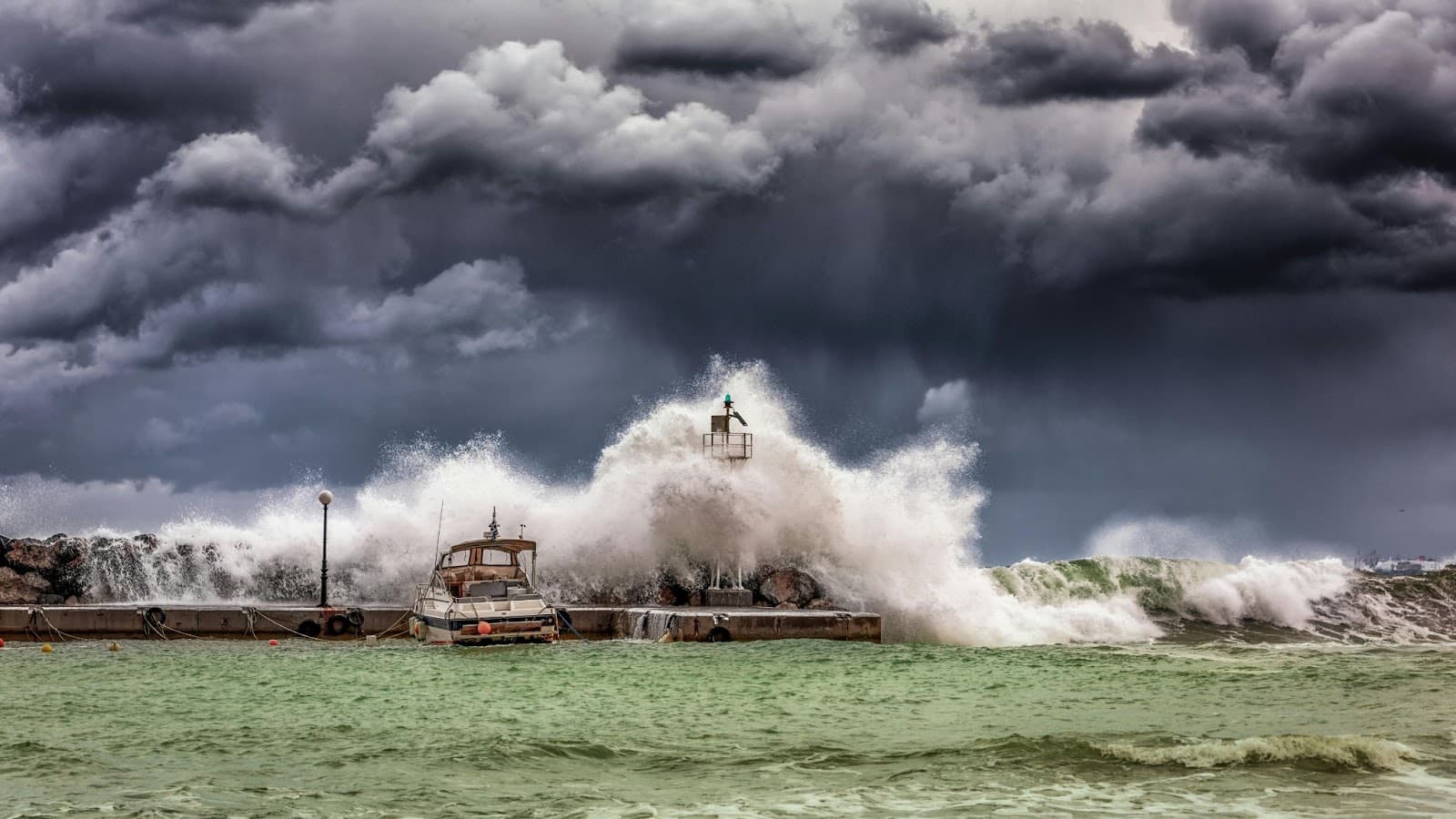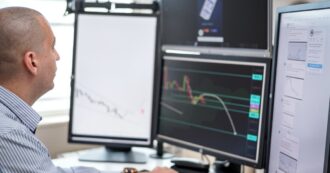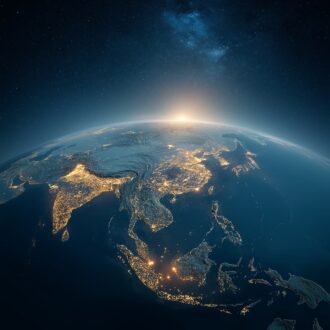I’ll never forget the first time I saw footage of a tsunami—giant, unrelenting waves swallowing entire communities. The 2004 Indian Ocean tsunami was one of the most devastating natural disasters in modern history, and the sheer scale of destruction left me speechless. But beyond the visuals, what struck me most was the tragic loss of life that might have been avoided with better preparation and early warnings. This haunting event sparked my interest in understanding how technology can help mitigate such disasters. Today, I want to explore tsunami warning systems, a critical tool that has proven time and again to save lives.
The Basics of Tsunami Warning Systems
Before diving into the intricate technology, let’s start with the basics: what exactly is a tsunami warning system? At its core, it’s a network of tools and protocols designed to detect, monitor, and respond to potential tsunamis. These systems aim to provide critical lead time to at-risk populations, enabling them to evacuate or take protective measures.
Tsunamis are unique among natural disasters because they can form suddenly and travel at astonishing speeds—sometimes as fast as a jet plane. This makes timely warnings absolutely vital. In regions prone to tsunamis, like Southeast Asia or the Pacific Rim, these systems are not just technological marvels but lifelines. Unfortunately, not all areas have access to the same level of protection, and that’s where the conversation about global equity in disaster preparedness becomes crucial.
How Tsunami Warning Systems Work
When I first learned about tsunami warning systems, I was amazed at the combination of science and technology that makes them effective. These systems are built on three key components: detection, data analysis, and communication.
Detection and Monitoring:
The journey begins with undersea seismic sensors that detect earthquakes, which are the most common triggers for tsunamis. These sensors, strategically placed along tectonic plate boundaries, monitor ground movements and send real-time data to monitoring centers. Another essential piece of this puzzle is the deep-ocean assessment and reporting of tsunamis (DART) system. DART buoys, floating in the ocean, measure changes in water pressure caused by potential tsunami waves. These buoys transmit data via satellites, ensuring scientists can assess threats as they develop.
It’s fascinating how these systems work seamlessly together. I remember reading about how a single buoy can pick up minute changes in ocean pressure, alerting scientists to a possible tsunami before the waves even reach the shore.
Data Analysis:
Once seismic activity is detected, the data is analyzed to determine whether the conditions are right for a tsunami. This step involves sifting through vast amounts of information in mere seconds. Advanced algorithms and AI are now being used to enhance the speed and accuracy of these assessments. I’ve always been impressed by how technology can analyze the interplay of seismic and oceanic factors to issue reliable alerts.
Issuing Alerts:
Finally, if a tsunami is confirmed, warning centers work to communicate the threat. Governments, emergency services, and the public are notified through a variety of channels, including sirens, SMS alerts, and radio broadcasts. In some cases, social media platforms and apps play a role in spreading the message.
The Evolution of Tsunami Warning Technology
Tsunami warning systems weren’t always this advanced. In fact, earlier systems were often rudimentary and localized, which limited their effectiveness. One tragic example is the 2004 Indian Ocean tsunami. Despite seismic sensors detecting the earthquake, there was no robust warning system in place to alert the affected populations. The result? Over 230,000 lives lost across 14 countries.
Since then, global efforts have led to significant advancements. Modern warning systems now incorporate satellite monitoring, machine learning, and even real-time modeling to predict wave behavior. The DART system, which was expanded after 2004, is a prime example of this progress. Today, it’s hard to imagine a world without these technological safeguards.
A standout success story is the 2011 Tōhoku earthquake and tsunami in Japan. Although the disaster was devastating, the advanced warning system gave residents precious minutes to evacuate, undoubtedly saving thousands of lives. Watching footage of these events, I’m reminded of how critical every second is during a disaster.
Challenges and Limitations
While tsunami warning systems have come a long way, they’re not without challenges. One of the most glaring issues is the lack of infrastructure in developing countries. Many coastal regions in Africa, Southeast Asia, and the Pacific Islands still lack access to these life-saving systems. It’s heartbreaking to think about how vulnerable these communities remain, especially knowing that the technology exists to protect them.
Another challenge is public trust. False alarms, while rare, can erode confidence in warning systems. People may begin to ignore alerts, which can have catastrophic consequences. Striking a balance between caution and accuracy is an ongoing struggle for scientists and policymakers.
Lastly, climate change complicates the situation further. Rising sea levels and shifting weather patterns increase the risk of coastal flooding, making robust warning systems more important than ever. Yet, this also means adapting technology to account for these changing conditions.
The Role of Education and Preparedness
While technology is essential, it’s only one part of the equation. Public education about tsunamis and preparedness strategies plays a crucial role in saving lives. I believe this is where platforms like ours can make a difference by sharing knowledge and resources. For instance, understanding how to interpret warning signs and evacuation protocols can empower communities to act swiftly.
On a related note, I recently came across a forum discussion on finding the best math homework help service. While it’s unrelated to tsunamis, it got me thinking about how access to the right resources—whether for education or disaster preparedness—can make a world of difference in critical moments.
The Future of Tsunami Warning Systems
Looking ahead, the future of tsunami warning systems is promising. Emerging technologies like drones, blockchain-based communication networks, and AI-powered predictive models are set to revolutionize the field. Imagine a world where drones can provide real-time aerial views of coastal areas during a tsunami, or where blockchain ensures secure and rapid dissemination of alerts.
Global collaboration is another key factor. Organizations like UNESCO’s Intergovernmental Oceanographic Commission are working tirelessly to ensure all nations have access to advanced warning systems. These efforts remind me of the unity and resilience humanity can muster in the face of shared challenges.
A Personal Reflection and Call to Action
As someone who has spent countless hours watching tsunami videos and researching this topic, I feel a deep sense of responsibility to raise awareness. Every life saved by a tsunami warning system is a testament to the power of science, technology, and global cooperation. But there’s still so much work to be done.
I encourage you, dear reader, to take an active interest in disaster preparedness. Whether it’s supporting initiatives to expand warning systems, educating yourself and others, or simply staying informed, your actions can make a difference. Together, we can ensure that the technology we’ve built continues to save lives and protect communities.
Every time I revisit the footage of past tsunamis, I’m struck by a mix of emotions—sadness for the lives lost, but also hope for the future. With continued innovation and commitment, we can face these natural disasters with greater confidence and resilience. Let’s keep pushing forward.


